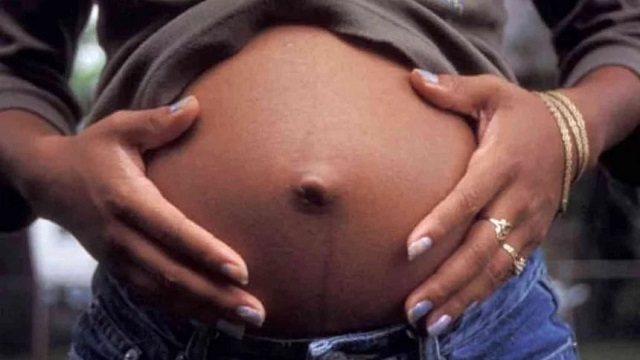
Kampala, Uganda | THE INDEPENDENT | Sixteen-year-old Loyce, a former secondary student in Mayuge district conceived during the lockdown last year. Scared and confused, Loyce decided to perform an abortion. Unfortunately, she developed sepsis and passed away seven days later. Her sister Mary Nabirye says that there was little they could do to save her life.
“She did not tell anyone what was happening. She kept quiet until it was too late. We found out she was sick after she developed a high temperature. She could not walk. She was sweating and shivering and was taken to hospital,” Nabirye narrates.
According to Nabirye, they went to Iganga General Hospital where doctors told them that she was suffering from a bacterial infection as a result of an abortion and not malaria as they had initially suspected. She passed on a day later after admission, according to Nabirye.
Four out of every 10 maternal deaths recorded in the country are of teenagers who succumb to abortion-related complications, according to the National Annual Maternal and Perinatal Death Surveillance and Response Report of 2019/2020 compiled by the health ministry.
Maternal death or mortality is defined by the World Health Organisation as the death of any woman during pregnancy or within 42 days of terminating a pregnancy. The report shows that 61 cases per 100,000 maternal deaths were among expectant mothers aged between 10 and 19 years of age. The highest number of deaths was reported at regional referral hospitals followed by general hospitals.
Dr. Richard Mugahi, the Assistant Commissioner of Infant and Maternal Child Health in Ministry of Health, says that the highest numbers of deaths result from abortion complications in this age group.
According to the Ministry of Health, 8 percent of all maternal deaths reported are caused by abortion complications. Haemorrhage and hypertensive disorders of pregnancy are the most common causes of death, each leading to 45 and 13 percent of all deaths respectively.
Figures from the health ministry show that an estimated 297,000 abortions are carried out annually. Of these, 85,000 women are treated for abortion-related complications. Many of the reported cases are from health facilities where women go to seek post-abortion care. Annet Atim, a nursing sister at Iganga General Hospital says that many of the deaths occur because patients are referred late to hospitals.
“Some of the expectant mothers come to the hospital when they are in bad condition. Some come when they are already bleeding and have lost a lot of blood. Other patients especially the young ones who have carried out abortions first keep quiet. They come when they are sick, have complications but when you ask them, they tell you lies and you waste time investigating their symptoms,” she said.
Mugahi attributes the high number of deaths to existing gaps in family planning services.
Health rights activists say the government’s policy that denies teenagers from accessing family planning services is doing more harm than good. Annah Kukundakwe, the Director at the Center for Health, Human Rights and Development says that to stop the deaths of teenage girls, the government needs to provide them with family planning services.
“These deaths are avoidable but the problem is that many girls cannot access family planning services. If they could access family planning services such as condoms or contraceptive pills, then they would not become pregnant. They would be safe. But now that is not an option and girls who become pregnant end up dying due to unsafe abortions,” Kukundakwe said.
According to Mugahi, more work needs to be done to avoid such situations. He says a multi-sector approach is needed to make sure that girls in and out of schools can easily access help when they need it.
****
URN
 The Independent Uganda: You get the Truth we Pay the Price
The Independent Uganda: You get the Truth we Pay the Price



